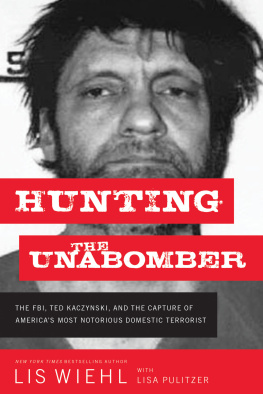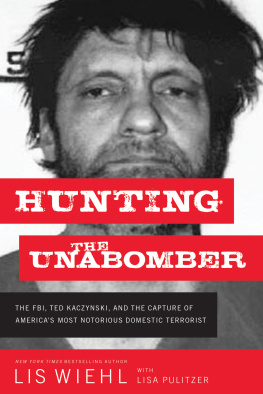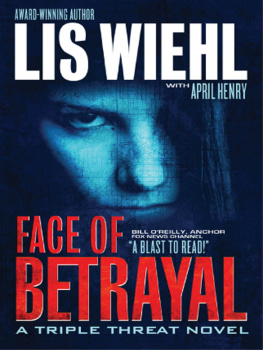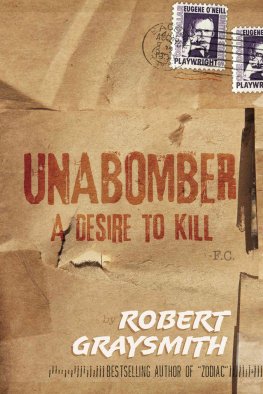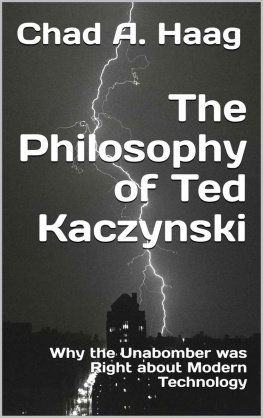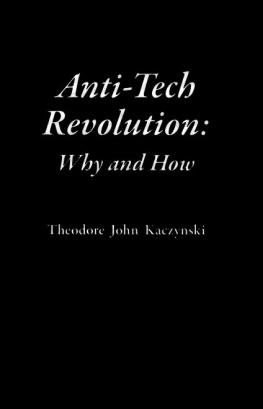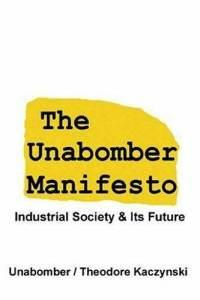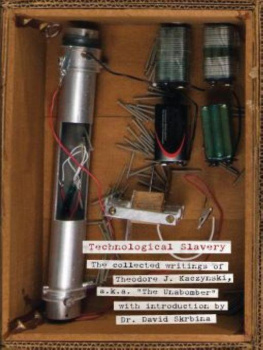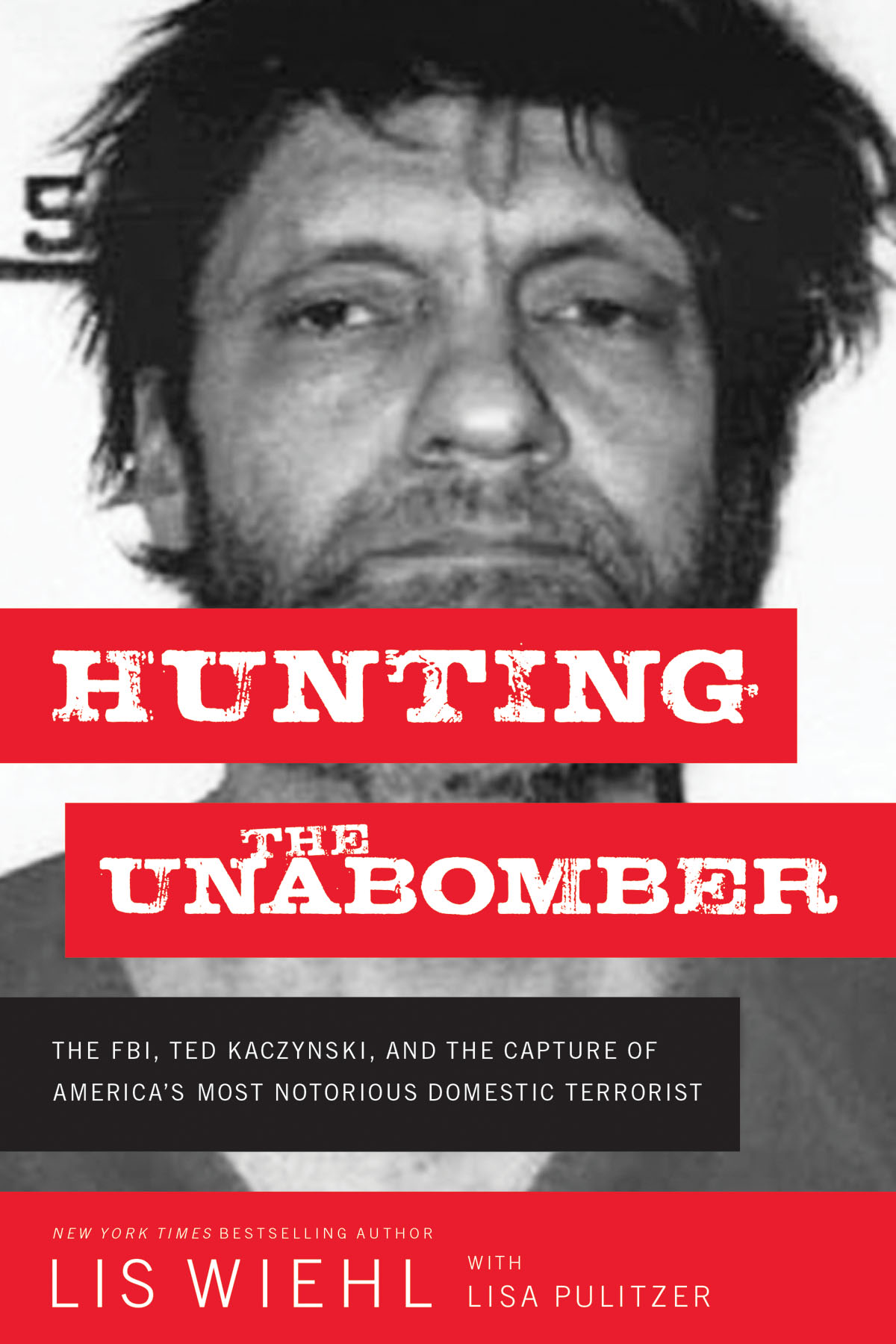2020 Lis Wiehl
All rights reserved. No portion of this book may be reproduced, stored in a retrieval system, or transmitted in any form or by any meanselectronic, mechanical, photocopy, recording, scanning, or otherexcept for brief quotations in critical reviews or articles, without the prior written permission of the publisher.
Published in Nashville, Tennessee, by Nelson Books, an imprint of Thomas Nelson. Nelson Books and Thomas Nelson are registered trademarks of HarperCollins Christian Publishing, Inc.
Thomas Nelson titles may be purchased in bulk for educational, business, fund-raising, or sales promotional use. For information, please e-mail SpecialMarkets@ThomasNelson.com.
Any Internet addresses, phone numbers, or company or product information printed in this book are offered as a resource and are not intended in any way to be or to imply an endorsement by Thomas Nelson, nor does Thomas Nelson vouch for the existence, content, or services of these sites, phone numbers, companies, or products beyond the life of this book.
ISBN 978-0-7180-9234-4 (eBook)
ISBN 978-0-7180-9212-2 (HC)
Epub Edition February 2020 9780718092344
Library of Congress Cataloging-in-Publication Data
Names: Wiehl, Lis W., author. | Pulitzer, Lisa, 1962
Title: Hunting the Unabomber : the FBI, Ted Kaczynski, and the capture of Americas most notorious domestic terrorist / Lis Wiehl with Lisa Pulitzer.
Other titles: FBI, Ted Kaczynski, and the capture of Americas most notorious domestic terrorist
Description: Nashville, Tennessee : Nelson Books, [2020] | Includes bibliographical references and index. | Summary: From Lis Wiehl, New York Times bestselling author and storyteller extraordinaire (Steve Berry), with New York Times bestselling crime writer Lisa Pulitzer, the definitive, gripping account of the longest pursuit in FBI history: the quest to find and capture the domestic terrorist Ted Kaczynski.--Provided by publisher.
Identifiers: LCCN 2019031034 (print) | LCCN 2019031035 (ebook) | ISBN 9780718092122 (hardcover) | ISBN 9780718092344 (ebook)
Subjects: LCSH: Bombing investigation--United States. | Kaczynski, Theodore John, 1942- | Bombers (Terrorists)--United States. | Serial murder investigation--United States. | Terrorists--United States. | United States. Federal Bureau of Investigation.
Classification: LCC HV8079.B62 W54 2020 (print) | LCC HV8079.B62 (ebook)| DDC 364.152/32092--dc23
LC record available at https://lccn.loc.gov/2019031034
LC ebook record available at https://lccn.loc.gov/2019031035
Printed in the United States of America
20 21 22 23 24 LSC 10 9 8 7 6 5 4 3 2 1
Information about External Hyperlinks in this ebook
Please note that the endnotes in this ebook may contain hyperlinks to external websites as part of bibliographic citations. These hyperlinks have not been activated by the publisher, who cannot verify the accuracy of these links beyond the date of publication
To the memory of FBI Special Agent Patrick Webb,
whose dedication to hunting the Unabomber made
the telling of this story possible.
CONTENTS
Guide
My motive for doing what I am going to do is simply personal revenge. I do not expect to accomplish anything by it.... I certainly dont claim to be an altruist or to be acting for the good (whatever that is) of the human race. I act merely from a desire for revenge. Of course, I would like to get revenge on the whole scientific and bureaucratic establishment, not to mention communists and others who threaten freedom, but, that being impossible, I have to content myself with just a little revenge.
TED KACZYNSKI, APRIL 6, 1971
T racking down Theodore Kaczynski, aka the Unabomber, was one of the longest and most expensive manhunts in FBI history, spanning eighteen years and costing US taxpayers upward of $50 million. At the height of the task forces operation, there were more than five hundred people from three federal agencies working the case. Some dedicated a substantial portion of their careers to the investigation, while countless others rotated in and out of the effort to hunt down the elusive bomber who had millions of Americans fearing for their safety for nearly two decades.
The story has been the subject of countless articles, TV news programs, and books, as well asmost recentlya Discovery Channel docuseries, Manhunt: Unabomber. The Discovery program received nationwide attention, and some people have asked me why I chose to write a book on the topic when there is already a docuseries out there that many have watched. What some viewers may have missed is that the eight-part series was a fictionalized account of the case.
In condensing the decades-long investigation, the creators of the docudrama took extensive liberties with the facts, including the creation of a composite character loosely based on the work of FBI agent and criminal profiler James Fitz Fitzgerald. Producers turned Fitzgerald into a dramatic central figure and made it appear as though he spent many years on the case, was pivotal to the investigation, and played a key role in solving one of the nations biggest mysteries.
But in the weeks and months after the docuseries aired, FBI agents and others came forward to say that Fitzgeralds character was absurdly widened to incorporate the work of many others whod played pivotal roles. They say the miniseries left viewers with a gross misunderstanding of how the case played out, credited Fitzgerald for breakthroughs made by others, and made it appear that he was the one who ultimately solved the case. A handful of UNABOM task force members even published pieces faulting the miniseries and contending that its portrayal disrespects the groups achievements and leaves viewers with a predominantly fictionalized story and one that is more fiction than truth.
To be sure, Agent Fitzgerald played a role in the case, but he was just one individual in an enormous task force that at its peak spanned eight states, involved three federal agenciesthe FBI; the Bureau of Alcohol, Tobacco and Firearms, now the Bureau of Alcohol, Tobacco, Firearms and Explosives; and the US Postal Inspection Serviceand involved upward of five hundred agents. The biggest fabrication was Fitzgeralds supposed dramatic meeting with the Unabomber himself. In fact, Fitzgerald was never in Lincoln, Montana, where the Unabomber was finally identified and apprehended, and he never even met Kaczynski.
The Unabomber has steadfastly refused to speak about the case with anyone in the FBI; the only investigators Kaczynski talked to are the two members of the UNABOM task force (UTF) who pulled him out of his simple wood cabin on April 3, 1996, and ultimately placed him under arrest. The Discovery series also left viewers with the impression that Agent Fitzgerald had to fight against supervisors and others to pursue the case, when in fact those involved in the investigation argue that it was a cohesive team effort that ultimately led to the capture of Theodore J. Kaczynski.
As a third-generation federal prosecutor and the daughter of an FBI agent who played a role in the investigation of the assassination of President John F. Kennedy, I heard those stories and was disappointed by the liberties taken by the shows producers. In an era when Americans are questioning the truth and trying to distinguish facts from fiction, I am anxious to set the record straight and detail what really happened in those dark days when Kaczynski, a math genius and one of the youngest people to ever graduate Harvard University, turned his hatred of technology and inner rage into a decades-long bombing spree.

